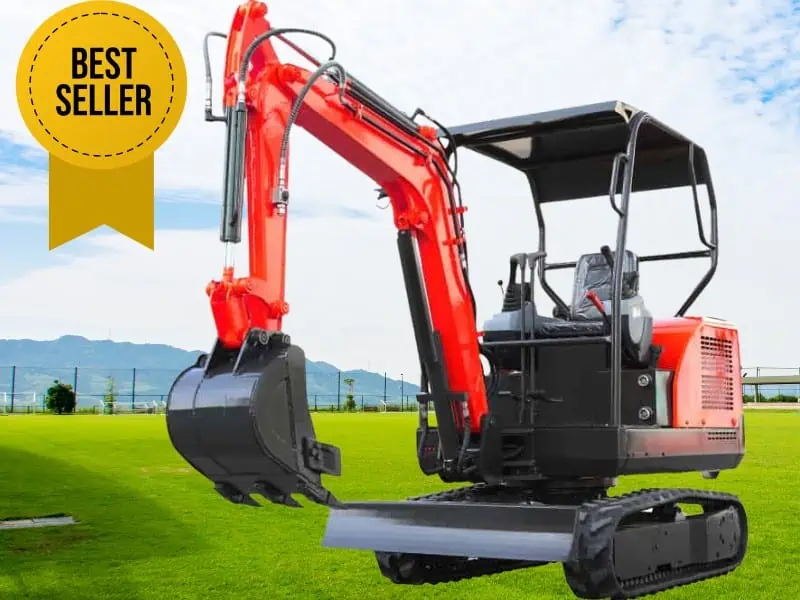As an employer with an excavator, you must ensure that the machine is safe and complies with OHS/WHS legislation. One essential aspect of this safety guide is to conduct an Excavator Risk Assessment and hazard assessment of the excavator, which helps to identify potential risks and hazards associated with its operation.
An Excavator Risk Assessment is a comprehensive guide to identifying, assessing, and controlling potential hazards and risks associated with operating an excavator. This comprehensive guide on excavator risk assessment 2023 aims to ensure the excavator is operated safely and minimize risks to the operator, other workers, and the surrounding environment.
During the Excavator Risk Assessment, a qualified risk and hazard assessor will thoroughly inspect the excavator to identify potential hazards and risks associated with its operation. It includes assessing the safety features and controls of the excavator, identifying any potential risks associated with the specific job site or terrain, and considering the potential risks posed to other workers or the public.
Once potential risks have been identified, the assessor will evaluate the likelihood and severity of each risk, taking into account any existing safety measures or controls in place. Based on this evaluation, the comprehensive guide will help the assessor develop a plan to implement appropriate safety controls and measures to reduce the risks associated with operating the excavator.
The safety controls and measures identified during the assessment may include physical barriers, personal protective equipment, worker training and education, signage and warning systems, and administrative controls such as work procedures and Excavator Risk Assessment.
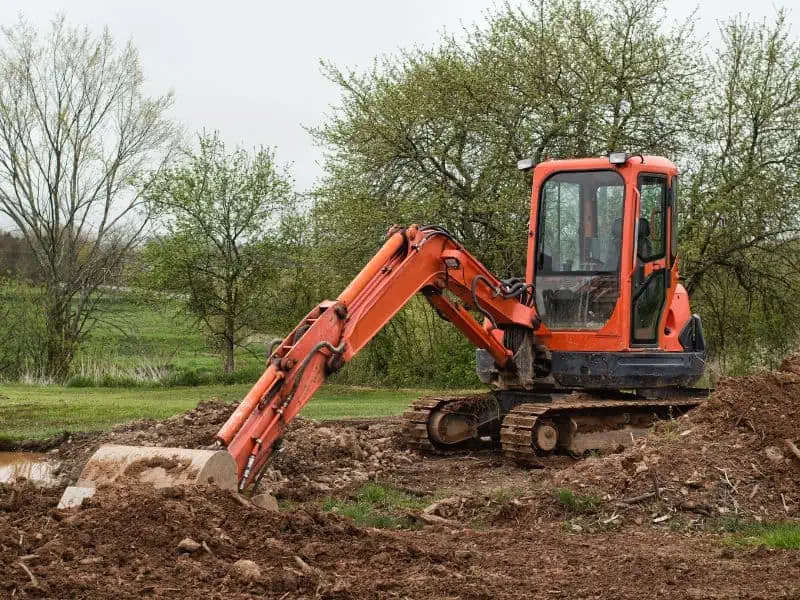
Excavator Risk Assessment Management Approach
The Excavator Risk Assessment Management Approach systematically identifies, assesses, and controls potential hazards and risks associated with operating an excavator. This approach helps to minimize the likelihood and severity of accidents, injuries, or damage to equipment or property.
The first step in the Excavator Risk Assessment Approach is identifying potential hazards and risks associated with operating the excavator. It includes identifying hazards related to the excavator, job site, terrain, and surrounding environment.
Once potential hazards and risks have been identified, the next step is to assess the likelihood and severity of each risk. It involves evaluating the potential consequences of each risk and determining the likelihood of those consequences occurring.
Based on the assessment, appropriate safety controls and measures can be implemented to reduce the risks associated with operating the excavator. It has physical barriers, personal protective equipment, worker training and education, signage and warning systems, and administrative controls such as work procedures and Excavator Risk Assessment.
In addition to implementing safety controls and measures, ongoing monitoring and review of the Excavator Risk Assessment Management Approach are necessary to ensure its effectiveness.
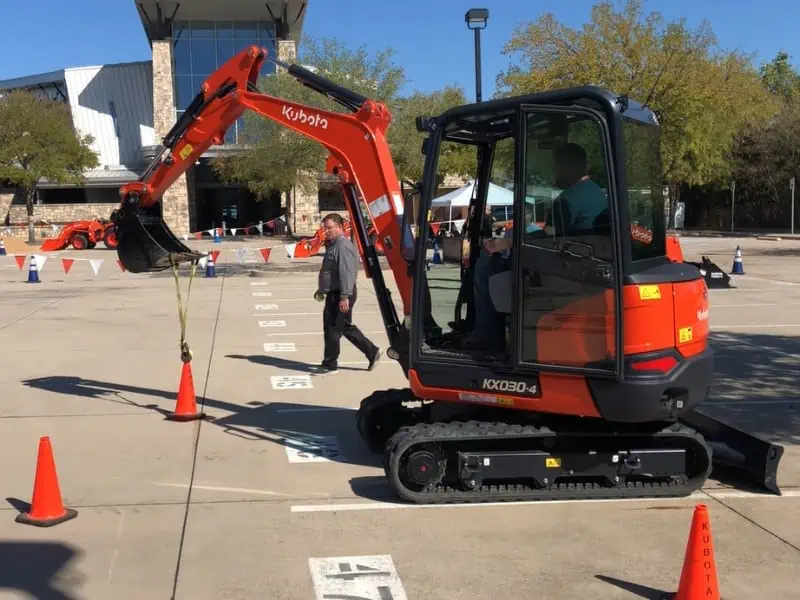
A Definition of Risk
Risk can be defined as the probability or likelihood of harm, injury, damage, or loss occurring due to an action or event. It involves assessing potential negative consequences or adverse effects of a particular decision, activity, or situation.
Risk can be viewed as a combination of the probability of a negative outcome and the consequences of that outcome. The level of risk can vary depending on factors such as the complexity of the activity, the level of exposure, and the potential consequences of failure.
Risk often refers to the potential for financial loss or exposure to market fluctuations in business and economic contexts. In the context of safety and health, risk refers to the potential for harm or injury to workers, customers, or members of the public.
Effective risk management involves identifying, assessing, and mitigating risks to reduce the likelihood and severity of negative consequences or adverse effects, implementing safety controls, adopting risk management strategies, and developing contingency plans to address potential risks.
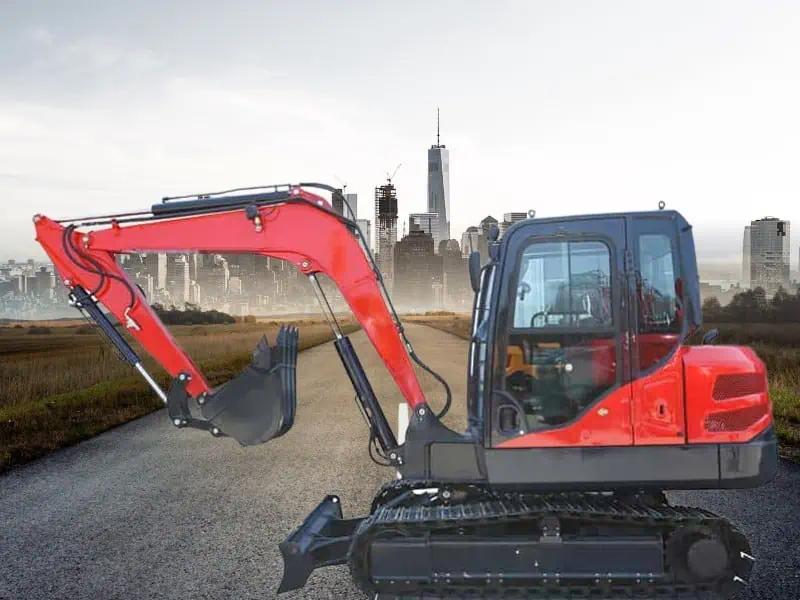
Definition of Hazard
A hazard can be defined as a potential source of harm, injury, damage, or loss. It refers to anything that has the potential to cause harm or injury to people, property, or the environment. Hazards can take many forms, including physical, chemical, biological, and ergonomic.
- Examples of physical hazards include machinery or equipment that can cause injury, falls from height, or manual handling tasks that can result in strains or sprains.
- Chemical hazards can include exposure to toxic substances or dangerous chemicals, while biological hazards may include exposure to infectious diseases.
- Ergonomic hazards can result from repetitive motions or prolonged standing, leading to musculoskeletal disorders. Hazards can also arise from environmental factors such as extreme heat, cold, or weather conditions.
Identifying and mitigating hazards is an essential part of risk management and workplace safety. Effective hazard management involves:
- Identifying potential sources of harm.
- Assessing the risks associated with those hazards.
- Implementing controls and measures to minimize the risk of harm or injury.
It has physical modifications to equipment or machinery, personal protective equipment (PPE), employee training and education, and the development of standard operating procedures (SOPs) for hazardous tasks.
The Process of hazard and risk management
- Identify potential hazards and risks associated with a particular activity, decision, or situation.
- Assess the likelihood and severity of each hazard and risk.
- Develop and implement controls and measures to minimize the risks and hazards identified.
- Monitor and review the effectiveness of controls and measures to ensure ongoing safety.
- Continuously improve the hazard and risk management process through ongoing training, education, and refinement of controls and measures.
Excavator Risk Analysis and Evaluation
Risk analysis and evaluation identify and assesses potential hazards and risks associated with a particular activity, decision, or situation. It involves analyzing the likelihood and consequences of each risk, evaluating the severity of potential harm, and determining appropriate measures to reduce the risk of harm or injury.
The Excavator Risk Assessment analysis and evaluation process typically involves the following steps:
Hazard identification: Identify potential hazards and risks associated with the activity or situation.
Risk assessment: Evaluate the likelihood and consequences of each risk, including the potential harm or injury that could result.
Risk evaluation: Determine the severity of each risk and prioritize them based on their severity level.
Risk control: Develop and implement controls and measures to reduce the risks identified. It includes physical modifications to equipment or machinery, personal protective equipment (PPE), employee training and education, and developing standard operating procedures (SOPs) for hazardous tasks.
Risk monitoring: Continuously monitor and review the effectiveness of controls and measures to ensure ongoing safety.
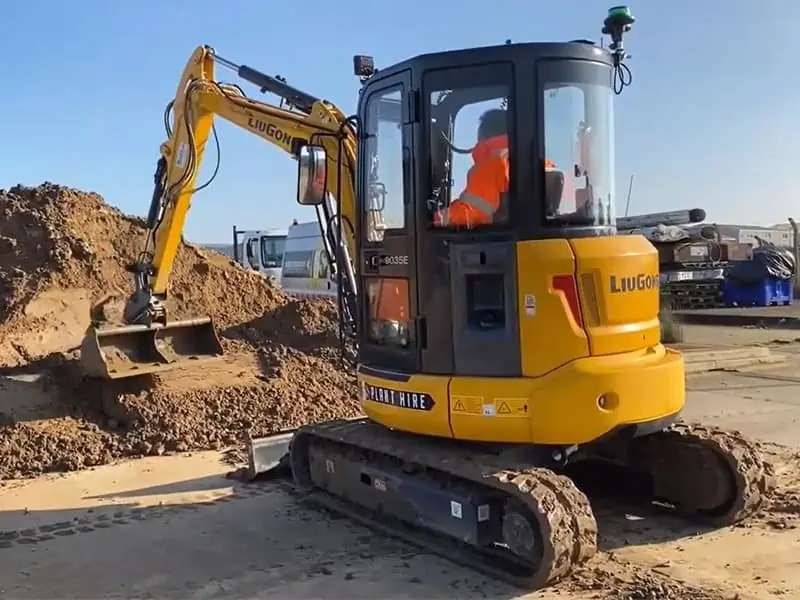
Hazard hierarchy of control
The Hazard Hierarchy of Control is a framework for managing hazards and risks in the workplace. It provides a prioritized approach to controlling and reducing risks, starting with the most effective measures and moving to less effective measures as needed. The hierarchy of control includes five levels, listed below in order of effectiveness:
Elimination: The most effective control measure is eliminating the hazard or risk—the Process, system, or equipment to remove the hazard altogether.
Substitution: If elimination is not possible, substitution can be used to replace hazardous materials or processes with safer ones.
Engineering controls: Engineering controls are physical changes to the workplace or equipment that isolate workers from the hazard or reduce the likelihood of exposure. Examples include machine guarding, ventilation systems, and noise reduction measures.
Administrative controls: Administrative controls are policies and procedures that help to minimize the risk of exposure to a hazard. Examples include job rotation, training, and warning signs.
Personal protective equipment (PPE): PPE is the least effective control measure and should only be used as a last resort when other control measures are not feasible. Examples include safety glasses, gloves, and respirators.
Tips for Excavator Risk Assessment
| Tips for Excavator Risk Assessment | Description |
|---|---|
| 1. Identify Potential Hazards | Identify potential hazards of using the hydraulic excavator, such as collisions, entrapment, electrical hazards, and hydraulic fluid leaks. |
| 2. Assess the Risks | Assess the likelihood and severity of each hazard, considering the specific conditions of the work environment and the equipment being used. Consider the potential harm to operators, other workers, and bystanders. |
| 3. Implement Controls | Develop and implement controls and measures to minimize the risks and hazards identified. This may include administrative controls, engineering controls, or personal protective equipment (PPE). |
| 4. Review and Monitor Controls | Continuously review and monitor the effectiveness of controls and measures to ensure ongoing safety. Regularly inspect the hydraulic excavator and any safety features or devices. |
| 5. Provide Training and Information | Provide appropriate training and information to operators and other workers about the risks and hazards associated with using the hydraulic excavator and the measures to minimize those risks. |
| 6. Maintain Equipment | Regularly maintain the hydraulic excavator, including routine inspections and repairs, to ensure it is in safe working condition. |
| 7. Ensure Compliance with Regulations | Ensure compliance with all relevant regulations and standards, including OHS/WHS legislation, and follow any manufacturer recommendations for safety and maintenance. |
| 8. Record Keeping | Keep records of all risk assessments, inspections, and maintenance activities related to the hydraulic excavator. Maintain these records for future reference and compliance purposes. |
These tips can help businesses and organizations effectively manage hazards and risks associated with hydraulic excavators, ensuring the safety of their employees and the general public.
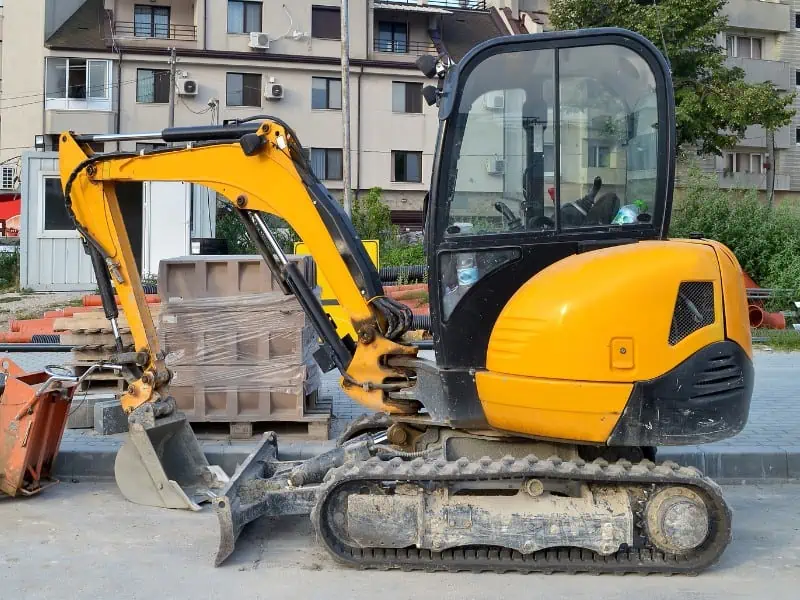
Conclusion
Conducting a risk assessment of hydraulic excavators is essential in ensuring the safety of workers and bystanders who may be near the equipment. Businesses and organizations can effectively manage the risks associated with using hydraulic excavators by identifying potential hazards, assessing risks, and implementing controls and measures.
The hazard hierarchy of control provides a framework for managing risks in the workplace, starting with the most effective measures and moving to less effective measures as needed. This approach can help businesses prioritize their efforts and minimize the likelihood of accidents or injuries.
Contact our customer service for more information. By following these guidelines and best practices, businesses can create a safe and secure work environment for all employees and stakeholders.

